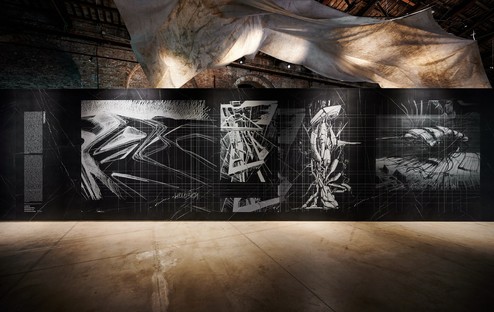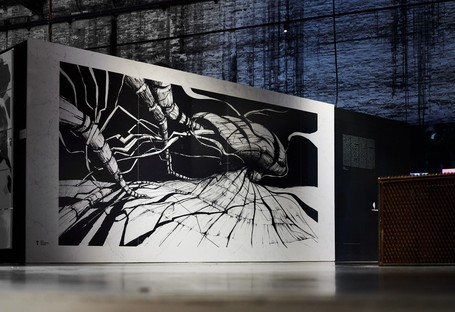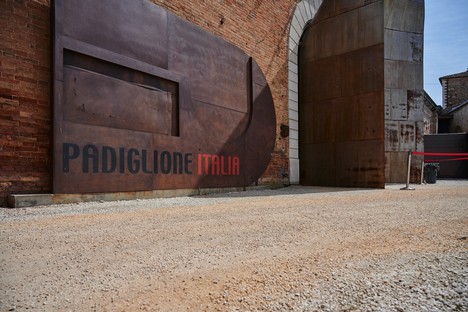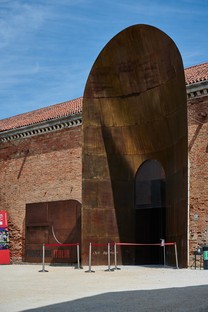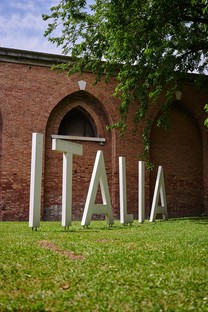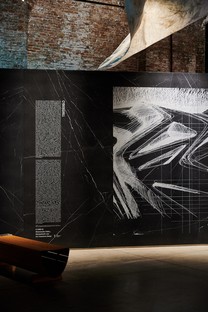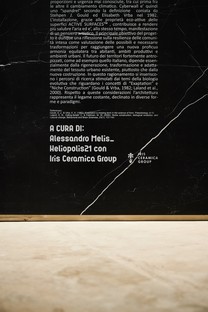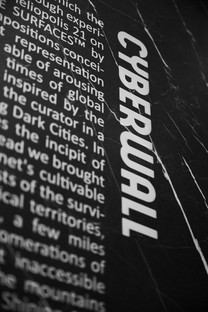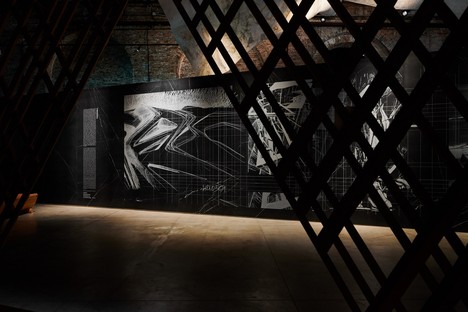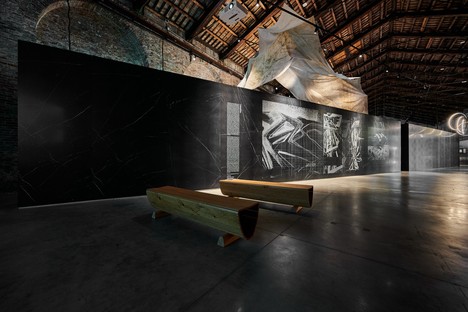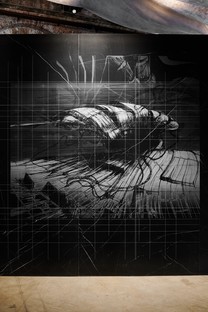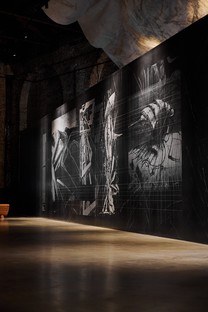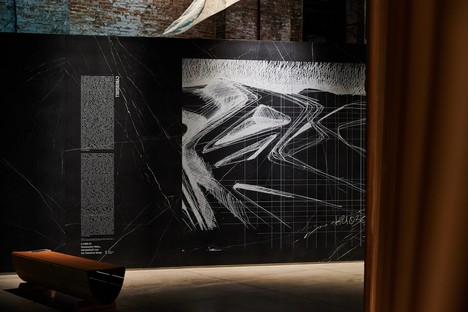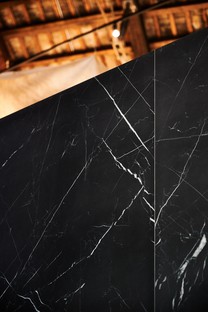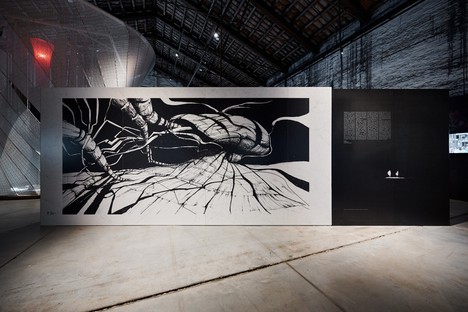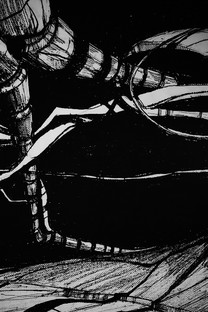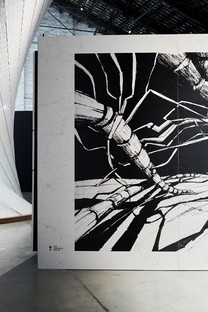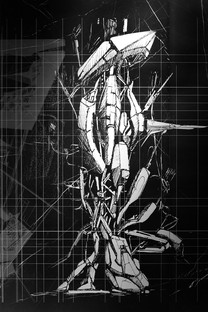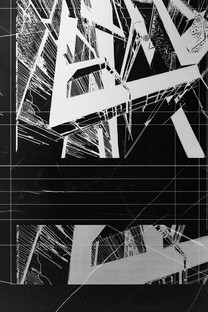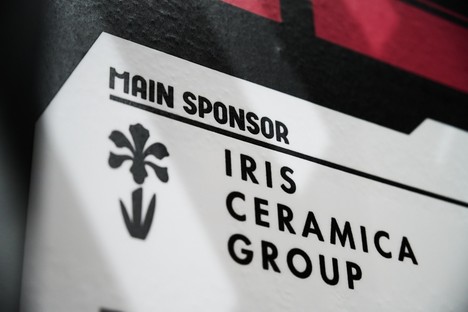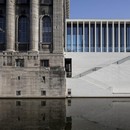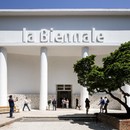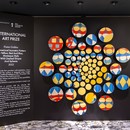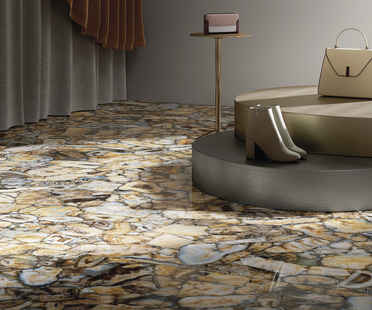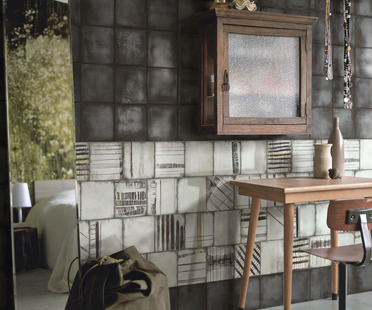14-09-2021
"Resilient Communities”, architecture as caregiver in the Cyberwall installations at the Venice Biennale
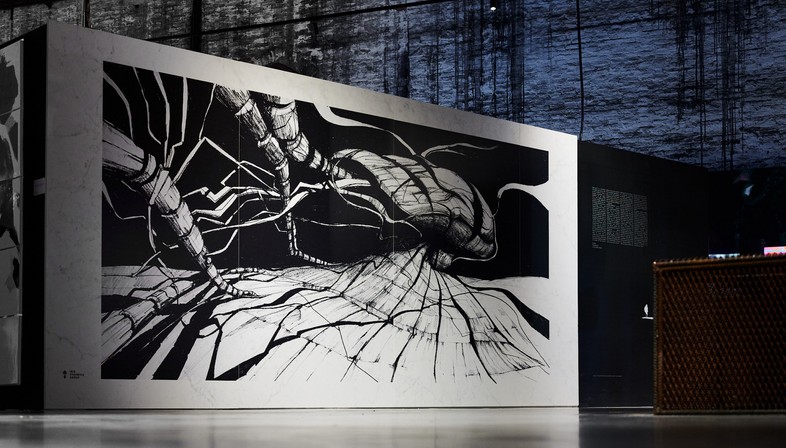
During a recent interview architect Alessandro Melis, curator of the Italian Pavilion at the Venice Architecture Biennale, once again addressed the meaning of “Resilient Communities”, the title of the exhibition project hosted by the pavilion, focusing on the installations and sections presented. As Alessandro Melis explained, the idea of putting the spotlight on “communities” is closely linked to the reflection that architects, at whatever scale they design, are mostly focused on the structures, in some cases losing sight of “the community” aspect. The latter, understood both as a physical place and as a cohesive social context is, in reality, “the minimum unit” of the social equation. Resilience, on the other hand, is the ability to adapt to changes and consequently to a future that no longer appears as a new scenario to be attained, but as a continuous change. Hence the definition published on the official website of the project: "Resilient communities are organisms made up of relationships, resources, opportunities and perspectives. They are capable of implementing strategies to deal with the effects of climate change". The different sections of the exhibition examine and bring different “crisis” to the public’s attention, and with them the different opportunities and possibilities put in place by resilient communities to adapt themselves to the specific context.
An example of resilience that architect Alessandro Melis likes to emphasise is that offered by the historic Italian cities that are always able to adapt and transform themselves over time. The medieval cities, in particular, and later the Renaissance ones, are compact cities where the structures had to perform several functions and that integrated, in the urban fabric of the town, the physical environment with the agri-food production – the orchards for example.
The architect goes on to put focus on two fundamental aspects of the environmental crisis: the social question and the consequences on our health. The need to "detoxify architecture from inequalities" is addressed in a specific section dedicated to "decolonisation of the built environment" and sees an installation created by RebelArchitette, a choral project that involved 117 studios led by women.
Health, on the other hand, is an essential theme of the " Architecture as caregiver" section, dedicated to projects in which architecture contributes significantly and becomes a means to help improve the quality of life and of human health.
Examples of this section are the two Cyberwall and Cyberwall II installations, made with Active ceramic surfaces developed by the Iris Ceramica Group and, indeed, customised with designs by architect Alessandro Melis himself, thanks to the use of Design Your Slabs, the Group’s innovative technique that makes it possible for any image or illustration to be transferred onto ceramic surfaces.
Thanks to the antibacterial and antiviral, anti-pollution, anti-odour and self-cleaning properties of the ceramic surfaces created by the Iris Ceramica Group, Cyberwalls become eco-active and virtuous installations, capable of contributing to a sustainable and resilient future by breaking down smog and helping to reduce the spread of viruses and bacteria. Active Surfaces are, in fact, effective against various viral and bacterial strains, as confirmed by the ISO certifications obtained, and even against the Coronavirus SARS-CoV-2 virus, responsible for the ongoing Covid-19 pandemic, as shown by the recent studies conducted by two departments of the University of Milan in collaboration with the Active Research and Development Department of the Iris Ceramica Group.
(Agnese Bifulco)
Images courtesy of Iris Ceramica Group
https://www.comunitaresilienti.com/
https://www.irisceramicagroup.com/
https://www.labiennale.org










